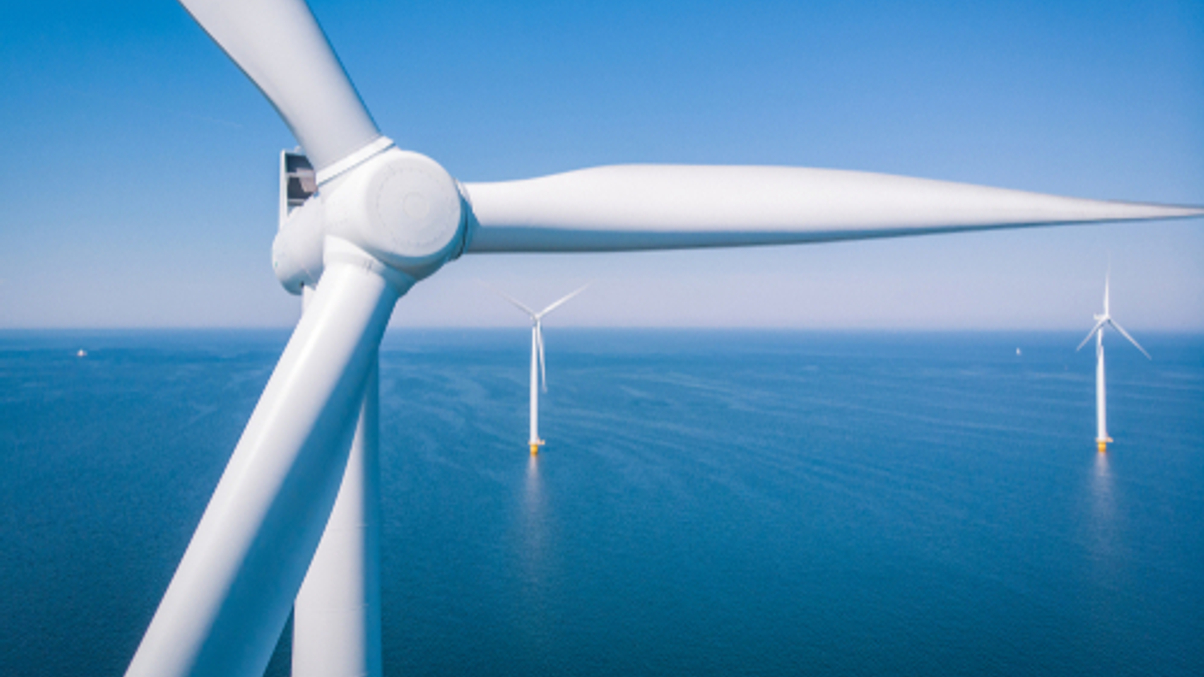Net-zero pledges open up infrastructure investment opportunity
Everything from electric vehicles to energy-efficient building upgrades will need hefty investment if governments are to meet their net-zero ambitions.

Companies and institutional investors are set to see greater investment opportunities as infrastructure upgrades gather pace ahead of global pledges to meet net-zero emissions by 2050, according to an array of industry experts.
Sign in to read on!
Registered users get 2 free articles in 30 days.
Subscribers have full unlimited access to AsianInvestor
Not signed up? New users get 2 free articles per month, plus a 7-day unlimited free trial.
¬ Haymarket Media Limited. All rights reserved.


